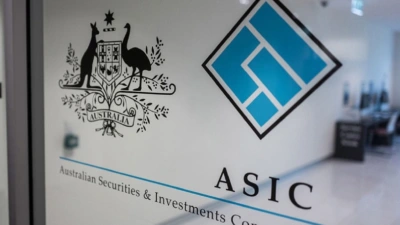Choosing ethical stocks not so easy


Determining what an ethical investment actually is can be be difficult to determine, according to stockbroking and advisory firm Prescott Securities.
This is partly thanks to varying business practices in listed companies and the need to consider the performance and outlook for the stock.
Prescott's financial adviser and responsible investment specialist, Alex Butler, said firms could have ethical programs but might also have stakes in sectors such as fossil fuels.
"For example, AGL Energy is rolling out household solar power, batteries and smart metres to millions of Australian households, with plans to go partially off-grid by 2020," he said.
"While the company has a small but growing stake in renewable energy resources, it still has a widely-publicised stake in fossil fuels that drives its business."
Butler noted in the last calendar year, core responsible Australian share funds outperformed the ASX300 Accumulation Index.
"While there is some uncertainty around the Federal Government's approach to areas such as renewable energy, ethical and responsible investment remains popular," Butler said.
"The medical and healthcare industries are the fastest growing sectors across the country, but many companies in these industries are also ethical in their business practice."
Last week, the Responsible Investment Association Australasia's 2015 Benchmark Report found the Australian responsible investment sector accounts for more than $630 billion in assets.
Recommended for you
The FSCP has announced its latest verdict, suspending an adviser’s registration for failing to comply with his obligations when providing advice to three clients.
Having sold Madison to Infocus earlier this year, Clime has now set up a new financial advice licensee with eight advisers.
With licensees such as Insignia looking to AI for advice efficiencies, they are being urged to write clear AI policies as soon as possible to prevent a “Wild West” of providers being used by their practices.
Iress has revealed the number of clients per adviser that top advice firms serve, as well as how many client meetings they conduct each week.














